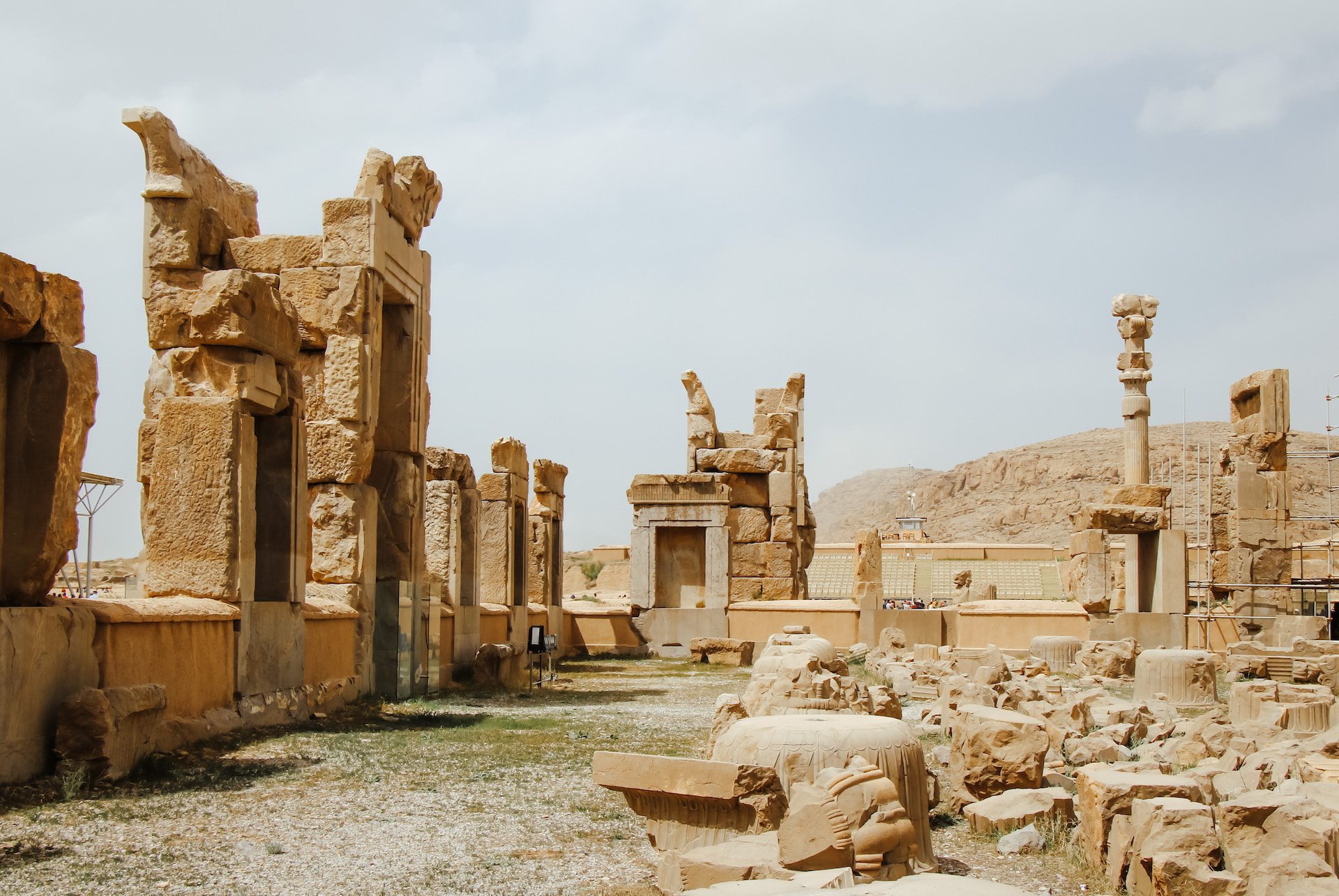Table of Contents
Iran is a land of rich history and culture, with a civilization that dates back thousands of years. From the magnificent ruins of Persepolis to the intricate mosaics of the Sheikh Lotfollah Mosque, the country is home to some of the world’s most breathtaking and impressive archaeological sites. For history buffs and culture enthusiasts, an archaeological tour of Iran is an experience of a lifetime.
If you’re considering a trip to Iran, you might be wondering what to expect from an Iran archaeological tour. This guide will answer all your questions about historical tours in Iran, including what sites to visit, what to pack, and what to expect from your tour guide.
What are Iran Archaeological Tours?
Archaeological tours of Iran are designed to provide visitors with a deep understanding of the country’s rich history and culture. The tours focus on exploring Iran’s ancient ruins, historical landmarks, and cultural treasures, providing a unique opportunity to witness the country’s complex and fascinating past.
The tours typically include visits to famous sites such as Persepolis, Pasargadae, Naqsh-e Rustam, and Takht-e Soleyman, among others. These sites are some of the best-preserved examples of ancient Persian architecture and art and provide a glimpse into the lives of the people who lived in Iran thousands of years ago.
What to Expect from an Archaeological Tour to Iran
Archaeological tours of Iran are typically led by expert guides who are well-versed in the country’s history and culture. These guides will take you on a journey through time, providing a fascinating insight into Iran’s ancient past.
The tours are usually conducted on foot, allowing visitors to explore the ancient ruins up close and personal. You’ll have the opportunity to see the intricate carvings, ornate mosaics, and other architectural wonders of the ancient Persians.
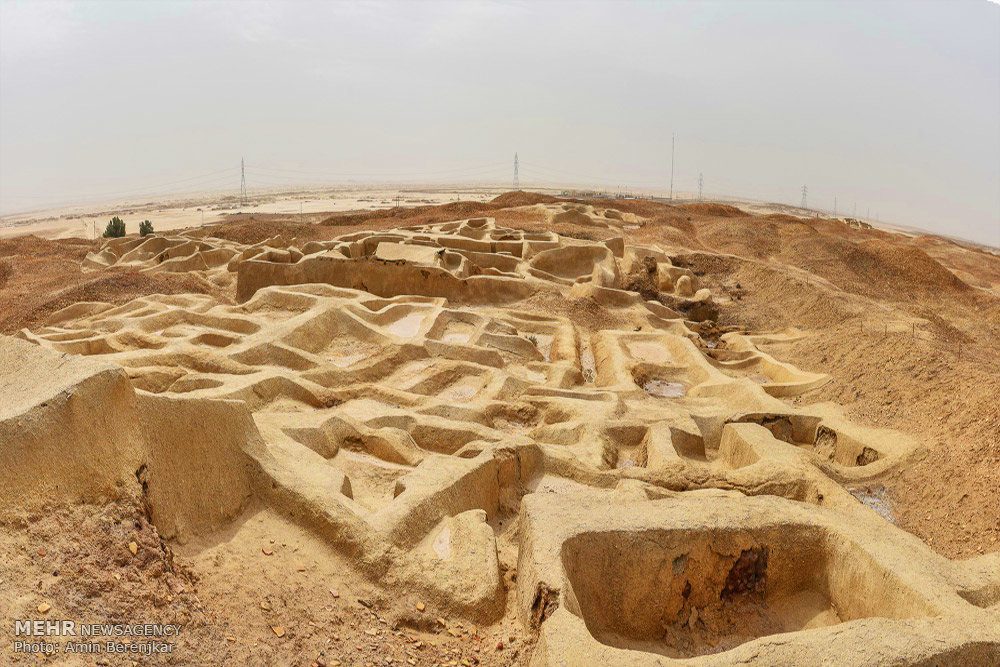
In addition to exploring the archaeological sites, you’ll also have the chance to experience Iran’s rich culture and hospitality. You’ll have the opportunity to sample traditional Persian cuisine, listen to music, and learn about the customs and traditions of the Iranian people.
What Sites to Visit on an Iran Archeological Tour
Archaeological tours of Iran are a unique and exciting way to explore the country’s rich history and culture. Iran is home to some of the world’s most impressive and well-preserved archaeological sites, many of which date back thousands of years. These sites provide a glimpse into the ancient world and the fascinating civilizations that once thrived in Iran.
The Ruins of Persepolis
One of the most famous archaeological sites in Iran is the ruins of Persepolis. Located in the Fars province of Iran, Persepolis was once the capital of the ancient Achaemenid Empire and is now a UNESCO World Heritage Site. The site includes the ruins of palaces, temples, and other structures that date back to the 6th century BC. Visitors can explore the incredible stone reliefs and inscriptions that adorn the walls of the ruins, providing a glimpse into the life and culture of ancient Persia.
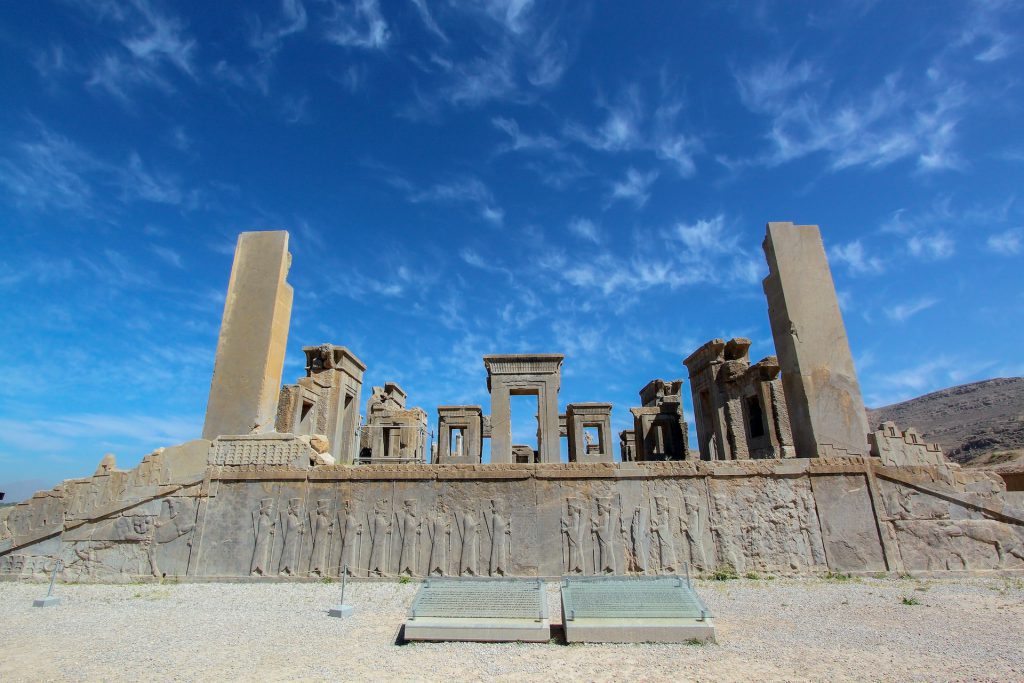
Pasargadae
Another famous archaeological site in Iran is Pasargadae, located in the Fars province. Pasargadae was once the capital of the Achaemenid Empire and is now a UNESCO World Heritage Site. The site includes the tomb of Cyrus the Great, the founder of the Achaemenid Empire, as well as the ruins of palaces and other structures. Visitors can explore the impressive architecture and learn about the history of the Persian Empire.
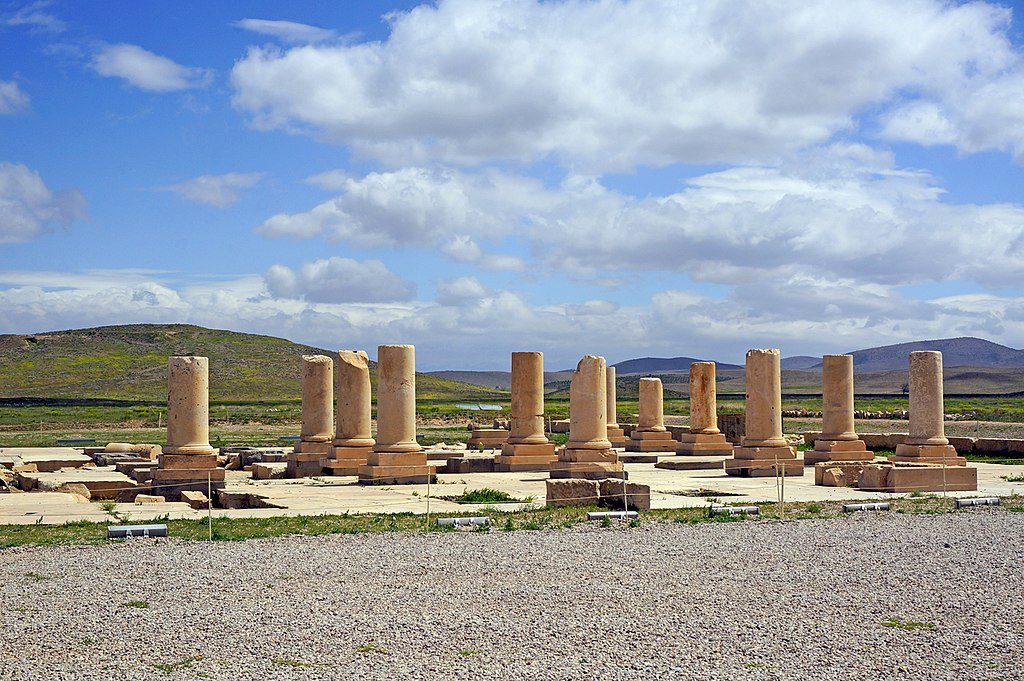
Naqsh-e Rustam
Naqsh-e Rustam is another impressive archaeological site located in the Fars province of Iran. The site includes the tombs of several Achaemenid kings, as well as rock reliefs that depict scenes from ancient Persian history. Visitors can explore the tombs and reliefs and learn about the incredible achievements of the ancient Persians.

Iran Cultural Tours
In addition to archaeological tours, Iran also offers a wide range of cultural tours that provide a deep insight into the country’s rich and diverse culture. Iran’s cultural tours typically include visits to historical landmarks, museums, traditional markets, and other cultural sites.
The Qashqai Nomads Experience
The Qashqai Nomads Tour provides visitors with the opportunity to meet and learn about the Qashqai nomads, a semi-nomadic tribe that has inhabited the Iranian plateau for thousands of years. Visitors can experience the nomadic lifestyle and learn about the traditions and customs of the Qashqai people.
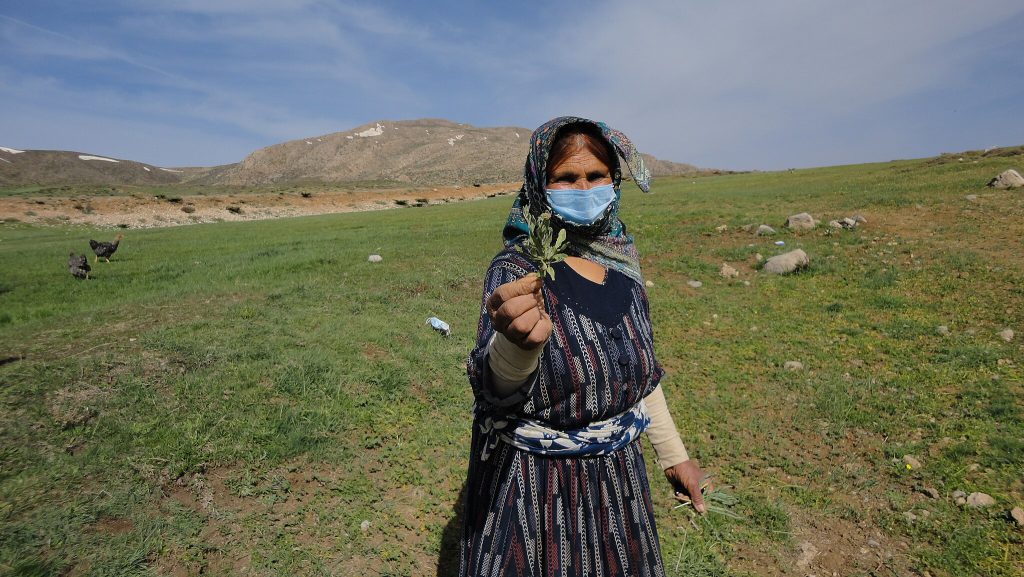
Ancient Iran Tours
Ancient Iran tours are designed to provide visitors with a deep insight into the country’s ancient history and culture. These tours typically focus on exploring the archaeological sites and historical landmarks of ancient Persia.
The Ziggurat of Chogha Zanbil
The Ziggurat of Chogha Zanbil is an ancient structure located in the Khuzestan province of Iran. Built in the 13th century BC, the ziggurat is one of the best-preserved examples of ancient Mesopotamian architecture. Visitors can explore the impressive structure and learn about the history of the Elamite civilization that built it.
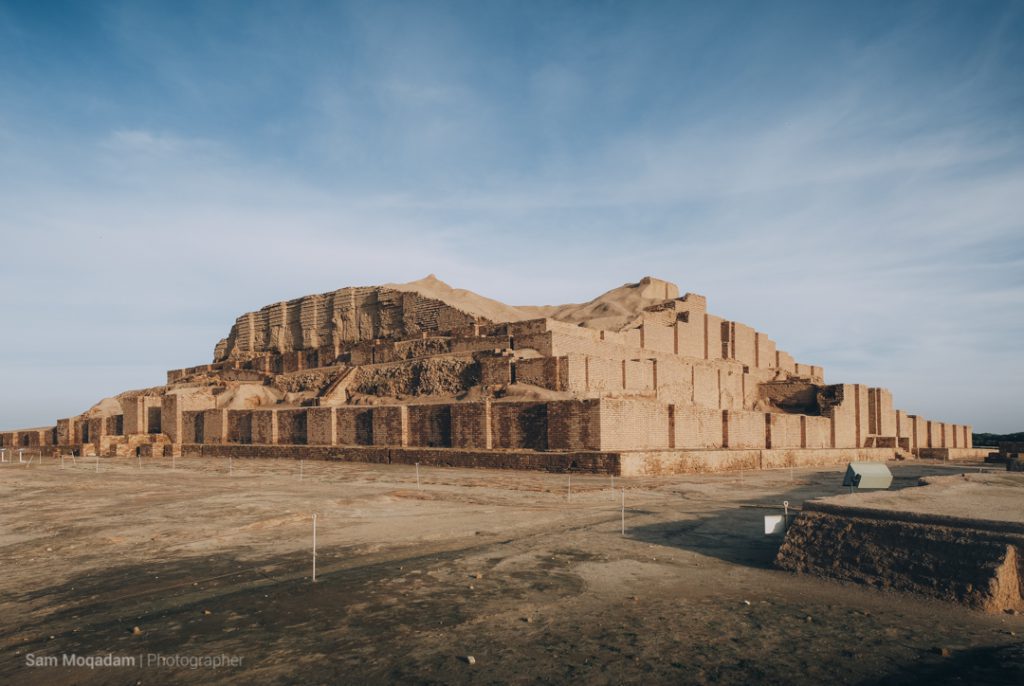
The Ancient City of Susa
The Ancient City of Susa is another impressive archaeological site located in the Khuzestan province. Susa was once one of the most important cities in ancient Persia and was the capital of the Elamite, Persian, and Parthian empires at different times in history. Visitors can explore the ruins of the ancient city, including the remains of palaces, temples, and other structures that date back thousands of years.
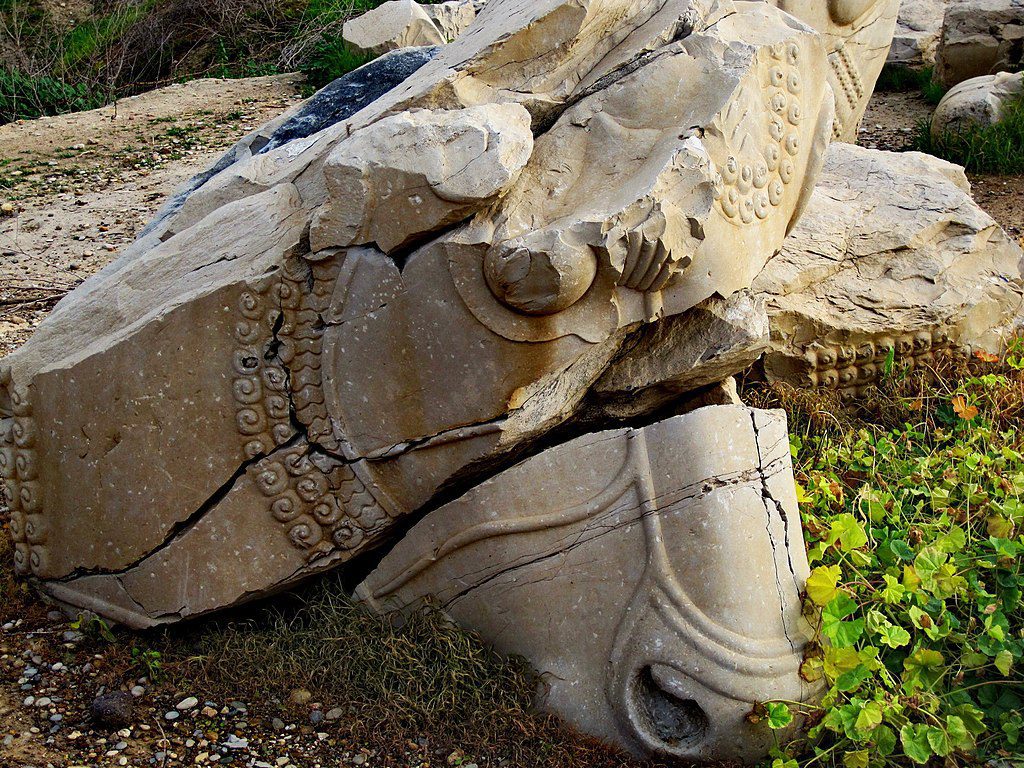
The Gonbad-e Qabus Tower
The Gonbad-e Qabus Tower is an ancient brick tower located in the Golestan province of Iran. Built in the 11th century AD, the tower is one of the best-preserved examples of Seljuk architecture in Iran. Visitors can climb to the top of the tower and enjoy stunning views of the surrounding landscape while learning about the history of the Seljuk Empire.
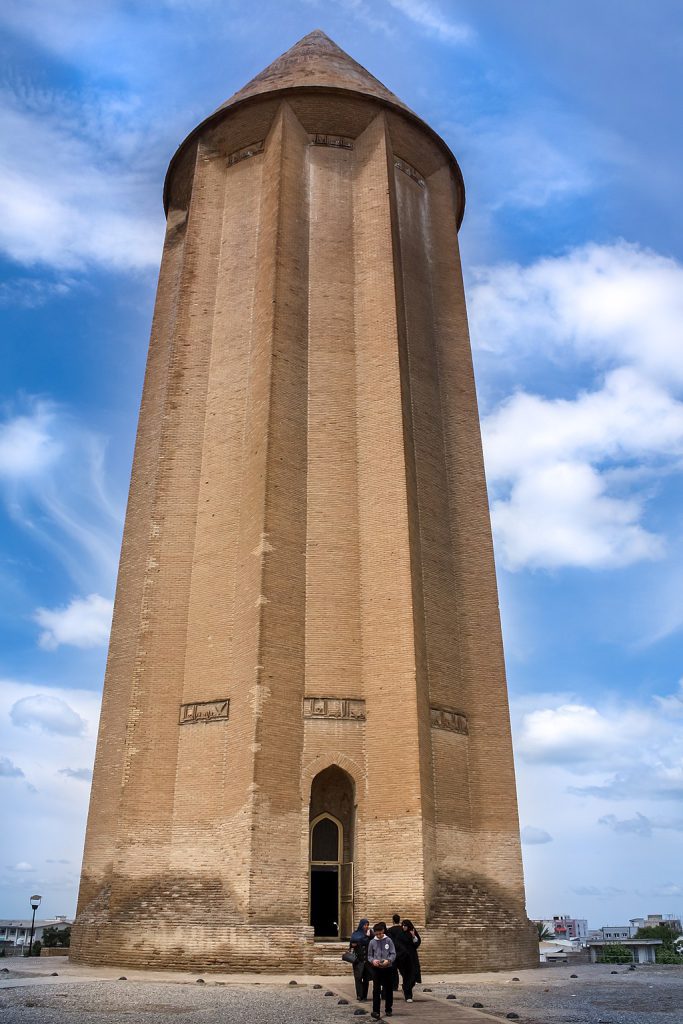
Planning Your Iran Archaeological Tour
When to Visit Iran
The best time to visit Iran for an archaeological tour is during the spring and fall months, from March to May and September to November. During these months, the weather is mild and pleasant, making it the perfect time to explore the country’s archaeological sites and landmarks.
Getting Around Iran
Getting around Iran can be a bit challenging for travelers, especially those who are not familiar with the local transportation system. The most convenient and comfortable way to travel around Iran is by private car or tour bus. There are many reputable tour companies that offer archaeological tours of Iran, which include transportation, accommodation, and guided tours of the country’s archaeological sites.
What to Pack for an Archaeological Tour of Iran
When packing for an archaeological tour of Iran, it’s important to keep in mind that the country’s climate can vary greatly depending on the season and region. Generally, Iran has a warm and dry climate, but temperatures can drop significantly in the mountains.
It’s recommended to pack lightweight, breathable clothing that covers your arms and legs to protect from the sun and insects. Comfortable shoes are also a must as you’ll be doing a lot of walking on uneven terrain. Sunscreen, a hat, and sunglasses are also important to protect yourself from the strong sun rays. Additionally, it’s important to pack conservative clothing, particularly for women. In Iran, women are required to cover their hair and wear loose-fitting clothing that covers their arms and legs when in public.
Other essential items to pack include a reusable water bottle, a small backpack, and a camera to capture the incredible sights you’ll encounter on your journey.
FAQ – Answers to Common Questions about Archaeological Tours Iran
If you’re planning an archaeological tour of Iran, you may have some questions about what to expect, what to pack, and how to get around. Here are some of the most common questions we receive from travelers and our answers to help you plan your trip.
Q: Is it safe to travel to Iran for an archaeological tour?
A: Yes, Iran is generally a safe country to travel to. The country is known for its friendly people and low crime rate. However, it’s always a good idea to take precautions while traveling, such as being aware of your surroundings and avoiding large crowds or protests.
Q: What should I pack for an archaeological tour of Iran?
A: It’s important to pack light and breathable clothing, comfortable walking shoes, and a sun hat for your trip to Iran. You should also bring sunscreen, a reusable water bottle, and a small daypack for carrying essentials while exploring the archaeological sites.
Q: Do I need a visa to travel to Iran for an archaeological tour?
A: Yes, most travelers will need a visa to enter Iran. The type of visa you need will depend on your country of citizenship and the purpose of your visit. It’s best to check with your local embassy or consulate for specific visa requirements.
Q: What is the best time of year to visit Iran for an archaeological tour?
A: The best time to visit Iran for an archaeological tour is during the spring and fall months, from March to May and September to November. During these months, the weather is mild and pleasant, making it the perfect time to explore the country’s archaeological sites and landmarks.
Q: Can I travel to Iran on my own or do I need to book a tour?
A: While it’s possible to travel to Iran on your own, booking an archaeological tour with a reputable tour company can make your trip much easier and more enjoyable. A tour company can handle all the logistics of your trip, including transportation, accommodation, and guided tours of the country’s archaeological sites.
Q: Are there any cultural customs I should be aware of while traveling in Iran?
A: Yes, there are several cultural customs you should be aware of while traveling in Iran. For example, it’s important to dress modestly and respectfully, especially when visiting religious sites. It’s also customary to remove your shoes before entering someone’s home or a mosque.
Customized Archaeological Tours of Iran with ToIranTour
If you’re interested in experiencing the best of Archaeological tours Iran, traveling with a customized and tailored tour can be the perfect solution for you. Customized tours allow you to plan your trip according to your preferences and interests, ensuring that you get the most out of your trip to Iran.
At ToIranTour, we offer a range of Iran tours and travel packages that cater to the needs of all types of travelers. Our experienced team of travel experts can help you plan the perfect Archaeological tour of Iran, tailored to your interests and preferences.
Our Iran Tours are designed to take you to the most popular and well-preserved archaeological sites in Iran, including the Persepolis complex, the ancient city of Susa, and the Gonbad-e Qabus Tower. In addition to visiting these sites, our tours also offer opportunities to explore Iran’s rich culture and history through traditional music, food, and local customs.
Our customized tours are designed with your comfort and enjoyment in mind, and we work hard to ensure that your trip to Iran is stress-free and unforgettable. Whether you’re a solo traveler, a group of friends, or a family, we have the perfect tour for you.
So if you’re planning a trip to Iran and want to experience the best of Archaeological tours Iran, contact ToIranTour today to learn more about our customized tour options. We’re here to help you have a great experience in Iran and create memories that will last a lifetime.
